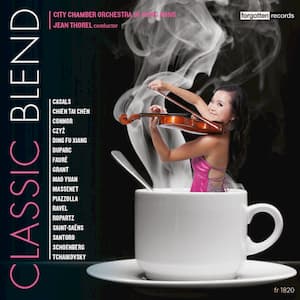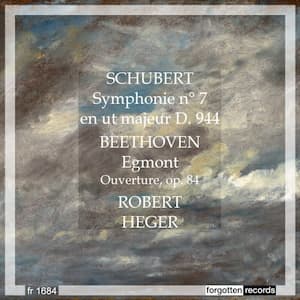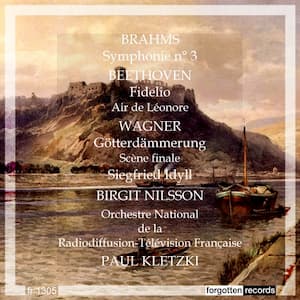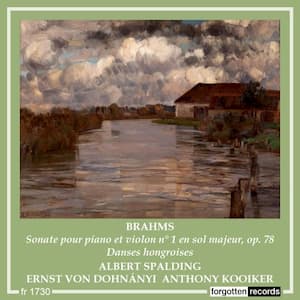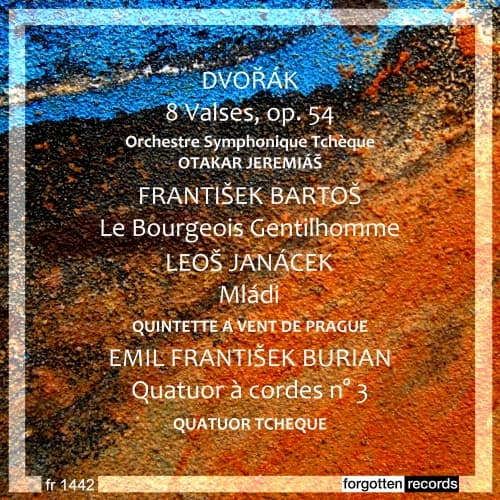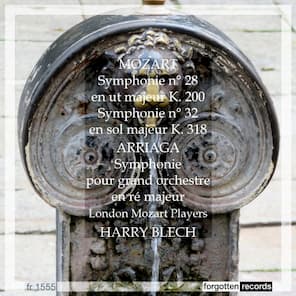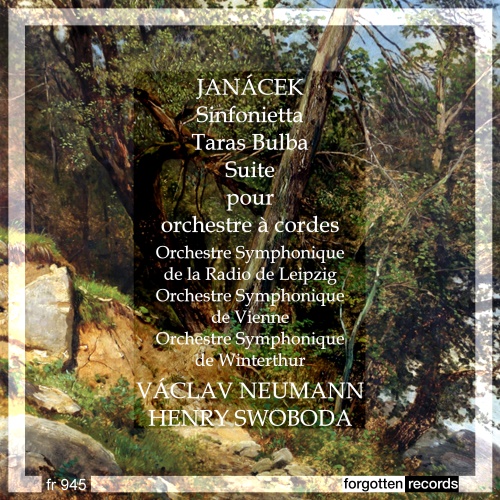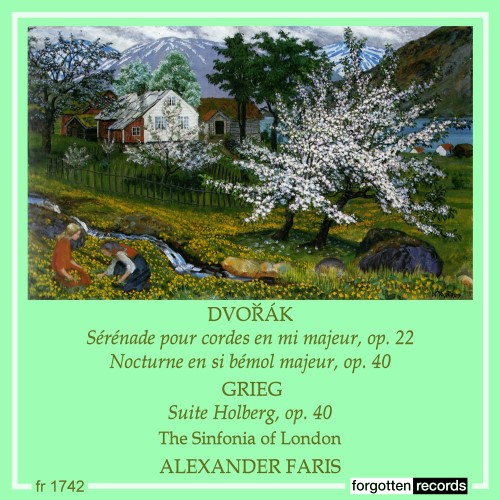In 1876, when Swan Lake was given its premiere in Moscow, it wasn’t the hit that we consider it today. The prima ballerina was involved in a scandal with a government official (he gave her jewels, she married someone else
Archives
Beethoven’s incidental music to Goethe’s play Egmont, being given at the Royal Imperial Court at Vienna was late. The play opened on 24 May 1810 and the only mention of the incidental music comes at the time of the third
In 1870, Richard Wagner (1813-1883) married his second wife, Cosima Liszt. His first wife, Minna, had died in 1866 but he’d had a relationship with Cosima, the illegitimate daughter of Franz Liszt and Marie d’Agoult, since 1863 when she was
Johannes Brahms (1833-1897) discovered the music of Hungary through the Hungarian violinist Ede (Eduard) Reményi, who was in Germany after being banned from Austria following his participation in the Hungarian Revolution of 1848. Brahms, 15 at the time of their
Leoš Janáček (1854-1928) was not one of the usual child musical prodigies. He was a gifted child as a pianist and organist but it wasn’t until he was in his 50s that he made his name in music with his
Born on 27 January 1806, Juan Crisóstomo de Arriaga y Balzola shares his birthday (and his middle name) with Mozart, but at a 50-year remove. Like Mozart, his career was cut short; he didn’t even get the 34 years of
The 1920s in Europe became a time of strong nationalism, often covering not just a country but a whole region. Leoš Janáček’s Glagolitic Mass, for example, was his offering to pan-Slavism. The 1926 Sinfonietta, on the other hand, was his
Edvard Grieg (1843-1907) brought the music of Norway out of the shadow of the other Scandinavian countries. Musically educated at the Leipzig Conservatory, he returned home having met a world of international composers from England’s Arthur Sullivan, Denmark’s Niels Gade,

